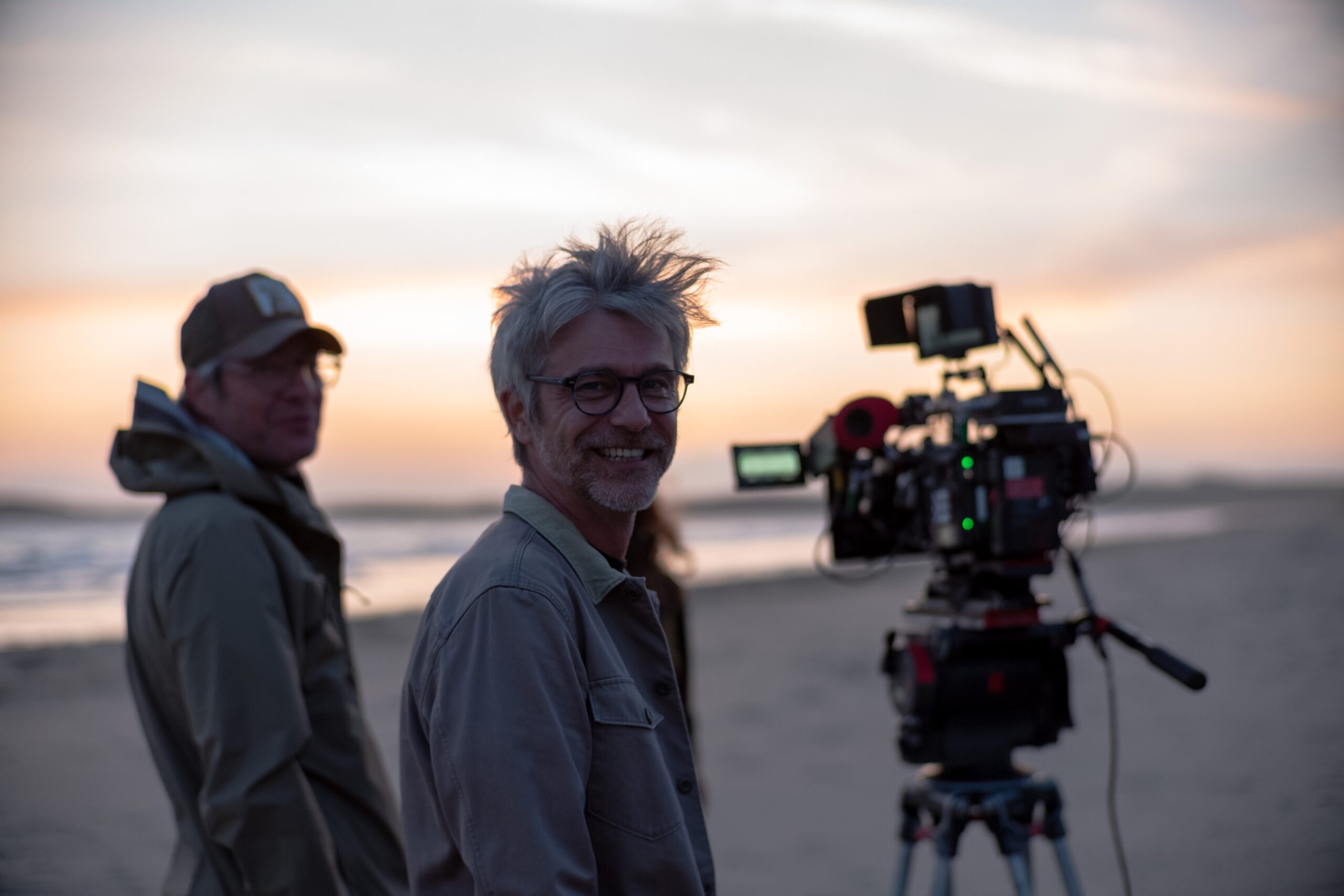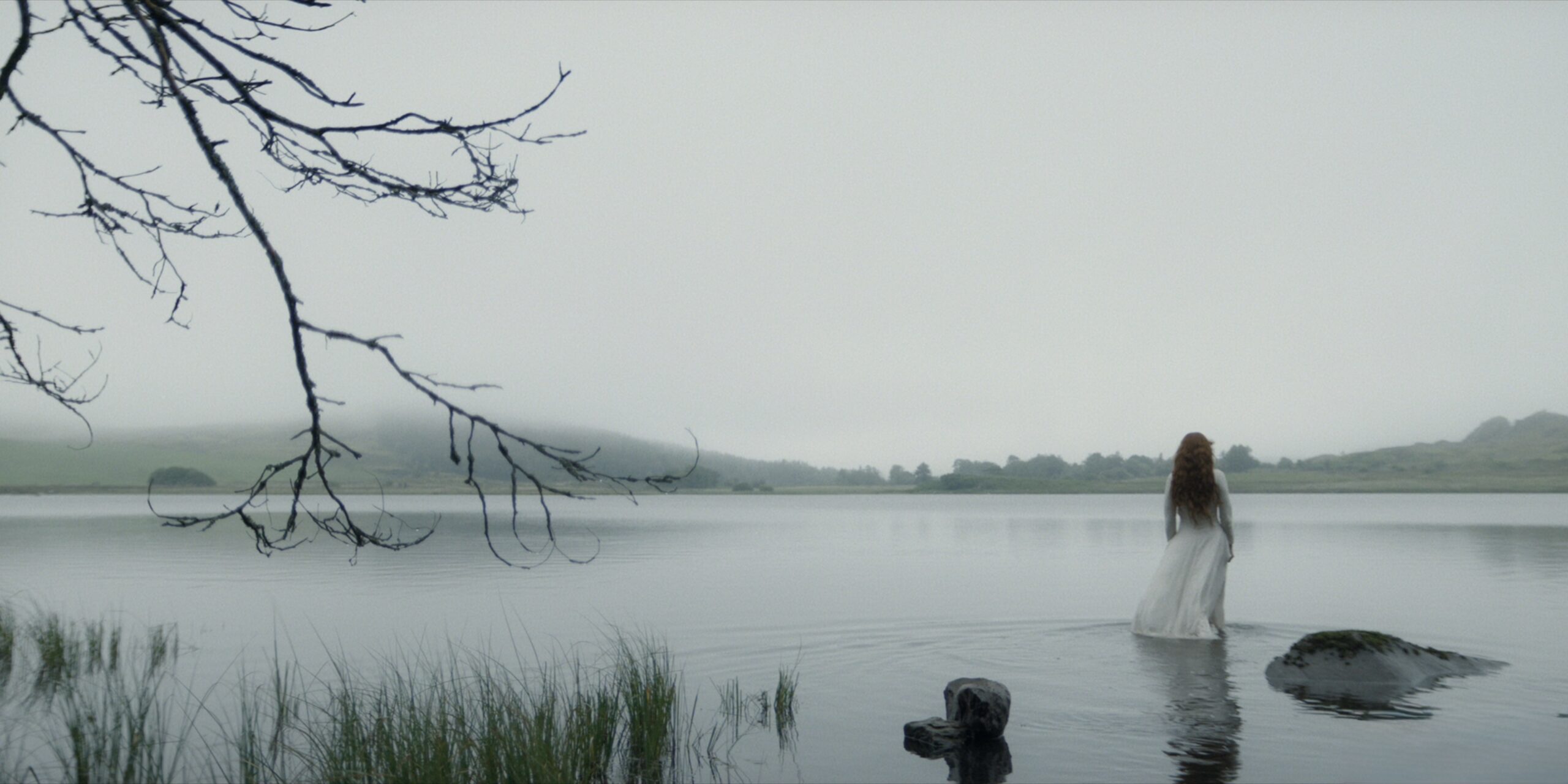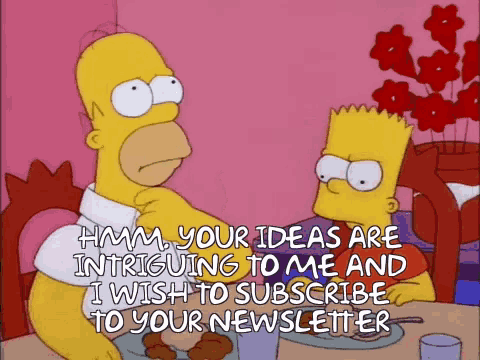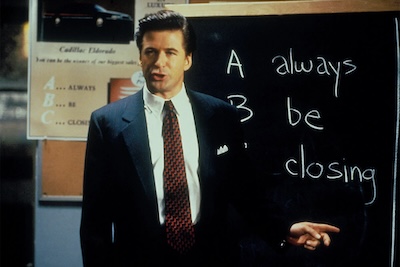Cinematographer Vanja Černjul served as one of the main directors of photography on the second season of HBO’s House of the Dragon. The wild action across episodes six (“Smallfolk”) and seven (“The Red Sowing”) provided many exciting visual opportunities for the DP. From the intense dragon shots to intimate meetings to scenes of quiet reflection, there were many opportunities to experiment while still capturing the magic of what House of the Dragon is. Here, in an interview with The Contending, Černjul describes the challenges both episodes held. He also reveals that, apparently, dragons have a lot more in common with bulls and horses than we thought.
The Contending: I read you created a new way of shooting the dragons in flight. Would you talk about how you came up with that?

Vanja Černjul: I was only a part of the team led by visual effects supervisor Dadi Einarsson and DP PJ Dillon, who shot the first episode and laid the groundwork for the whole season. I didn’t really come up with it. It was a group effort from every department. There was an ambition to make the dragon riding as realistic as possible, and I was fortunate to be part of some initial testing. Dadi Einarsson, one of our visual effects supervisors, started to work with on this very early on to improve on what they did in season one.
The idea was to make it as realistic as possible but also subjective like the camera operator was on the dragon with the dragon rider. With the other departments, we were finding out what is the amount of wind needed to create the correct speed. Then, with all that wind hitting the actors, the hair and makeup department had to figure out how the wig would behave. Wardrobe had to adjust the capes to make certain they still look good in that wind. So everyone made a contribution had to up their game.
P.J. Dillon, who shot the pilot and laid the groundwork for season two, started to develop this system where we had a remote Libra head rigged onto the mechanical buck that simulates the dragon’s movement. The movement was programmed by the visual effects department based on the previews each director developed with their team, and I did mine with director Loni Peristere. So in developing the handheld feel, we wanted to shoot like the way you shoot horse riders, which you normally shoot horse to horse. Because horses are not upset when another horse is right next to them you can get really close.
So we were trying to film dragon to dragon basically, but since we couldn’t put the operator on this mechanical device we mounted a remote Libra head on the buck and then the operator was on the ground with a handheld device with a monitor on it, and the Libra would simulate the operator’s movement from the ground. We had to find the right amount of stabilization that the Libra was doing so that the camera movement still felt reactive enough. We also had to find the right lens so we could fill the ambience but still be close enough to the actor so you felt like you were right there with them. And we settled on a 32mm lens because it gave us the right balance we needed. All of those ingredients went into the test, and then I reported my findings and we adjusted all those parameters, and then every team used that as a starting point. that’s what all the directors did across the show.
The Contending: One of my favorite shots this season was in episode six (“Smallfolk”) when we see the boats with all that food floating up to shore. It was a great visual of the cunningness of Mysaria and was a great setup for the eventual riot in that episode. What went into crafting that?
Vanja Černjul: So I was the only DP who worked with two different directors on two different episodes: Andrij Parekh on “Smallfolk” and Loni Peristere on “The Red Sowing.” Both episodes had scenes at dusk on the beach and we had one evening to shoot both of those scenes. As you may know, when you’re shooting at the magic hour you only have a 15-minute window, maybe 20. So I couldn’t be at both places at the same time so I was shooting on one side of the beach for Loni Peristere’s episode and I asked Alejandro Martinez, a fellow DP, if he could shoot that boat scene.. So he was shooting that scene you were referring to and we could literally see each other shooting with two different scenes, both with multiple boats, and we pulled it off.
The Contending: One of the most famous scenes of the season was seeing bastards trying to claim dragons, and we have the horror of people being set on fire but then we also get the intense, intimate moment when a few of them are able to claim dragons. What was it like trying to capture those two ideas so close together?
Vanja Černjul: So that scene at Dragonstone was one of the most intense action scenes I’ve ever been a part of. The stunt work was incredible, when you look at the people on fire that are falling from the ceiling it is all real. Rowley Irlam, our stunt coordinator, is a Game of Thrones veteran and has done so much incredible work. There were 12 or 16 stunt people who were lit on fire in just one shot. Even when you know that these are some of the best stunt people in the world, when you see twelve people hit by flamethrowers it is really scary. You of course don’t want to go for another take if it is not necessary. Because there were so many difficult stunts, we really wanted to get as many of these setup scenes in one take. Most of our prep time for episode 207 was planning the sequence, because of the complexity of the stunt work but also because Loni Peristere from the beginning had this vision of this spectacular scene filmed as a one-shot for almost three minutes long. The dragon room was basically a blue screen stage, only the plinth part was physically plank they stood on was the only part of the set that was built, and some rocks. So to do this highly choreographed one shot where we have with this huge dragon and people getting burned with practical fires everywhere, it was a challenge to visualize and orient ourselves where you are in this imagined space.
It was a challenge but I’m very proud of that shot. We wanted to feel intimate with the actor, always following him, basically being on his shoulder the whole time. That took some experimenting because the actor Kieran Bew was running so fast it was hard to keep up with him with a hand held camera, and the image was too jumpy and you couldn’t see what was going on. So what we ended up doing was a combination of a cable cam and a handheld, with the cable cam across the stage that supported the handheld camera. The result had and had a little bit of that handheld feel movement but wasn’t as shaky as the initial test. Even with that cable support it was physically very difficult both for the actor and the camera operator. With all those challenges, still trying to figure out where the huge creature that doesn’t exist is in the frame was a very interesting exercise in visualization beautiful challenge.
The Contending: This was a much more quiet scene but very emotional when Alicent is just floating in the water, contemplating everything that has happened and all the bad decisions she has made. What went into creating that very intimate shot?

Vanja Černjul: So for that sequence we found this really beautiful location in North Wales that was quite remote and we couldn’t really bring a large crew with us. So to get to this location where we really wanted to shoot we had to pair down the crew to the size of a student film team. We weren’t able to have a lot of lighting daylight control, and it was we only had just a steadicam, a tripod, a camera, and a couple of flexs flags to get the scene. We were blessed on the day with the weather that was perfect, and matched the emotional state of the character. It was this foggy, cloudy, gray, wet day that held up throughout the day. We were really fortunate to be at the right place at the right time.
The Contending: I read you were inspired by World War II thrillers for the opening of episode seven when Rhaenyra and Addam stare each other down on the beach. What was it about those films that inspired you for that sequence?
Vanja Černjul: That was Loni! We met on this project so we had to develop our own terminology quickly as well as getting to know each other and each other’s tastes very quickly. So we would communicate with each other through films that we both loved, and it turns out that we had very similar tastes in classical cinema. So Loni’s reference for that moment on the beach was the duel between Henry Fonda and Charles Bronson in Sergio Leone’s Once Upon a Time in the West. That was the kind of tension we wanted to put in that scene. When you look at that scene in the show you may see some gunslinger-like shots, framed in that western style. Because The scene features having two dragons staring down at each other there, and both people neither character do not knows what to make of the other, it is a very dangerous situation and you do not know how it’s going to develop.
The Contending: Some of the moments I’ve really enjoyed with this show are the council meetings and the quiet scenes where two or three people are plotting. Those are not the big epic shots, but what goes into creating those intimate and intriguing sequences?
Vanja Černjul: That is the beauty of the show. While working on it you can go from a very intimate dialogue scene to working with a small crew in a remote location, to big action scenes. So everyday you are exercising different muscles, so to speak. I remember for the small council scene that Andrij Parekh, who directed episode six, he wanted to experiment with the observational shooting style he developed on Succession. That was a little bit of a departure from the style that we usually shoot on House of the Dragon, which is usually very intentional with a very strong compositions with an intentional feel. But here he wanted to get that observationa “fly on the wall” style so the camera operators were following whatever was happening almost like as the participants in the scene were talking around the table. I think it was a great contrast to how the rest of the show is done stylistically. For me shooting that scene, it felt different.
The Contending: So you shot episode six and seven, and you were involved with how some of the other directors and their DPs were going to shoot the dragons. What was it like coming into this show and shooting those two episodes and trying to capture the feel of the people that have worked on it before you?
Vanja Černjul: What’s really great for a cinematographer for this show is the world in front of the camera is so strong visually and has such a unique visual identity that the shooting style doesn’t have to be so consistent. The costumes, the sets, the characters, everything is so visually strong that it keeps the visual identity of the show together. It doesn’t come just from the shooting or cinematography style. So you have a lot of leeway to experiment without risking it feeling like a different show. Whereas in some contemporary shows, if you are shooting in the present day at real locations the shooting style has to be more consistent. But for House of the Dragon we tried several different things and it all felt like the same show, and that is because of the incredible design.
The Contending: Sounds like it’s almost a cinematographer’s dream, you have so much you get to play with.
Vanja Černjul: It was absolutely! We were given enough time in the prep to really develop how we wanted to shoot literally everything. I was there with the directors from the very beginning of their prep. It was wonderful!









